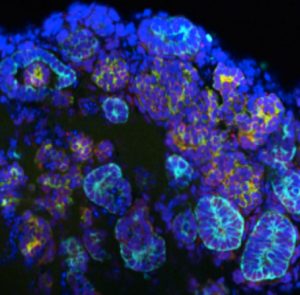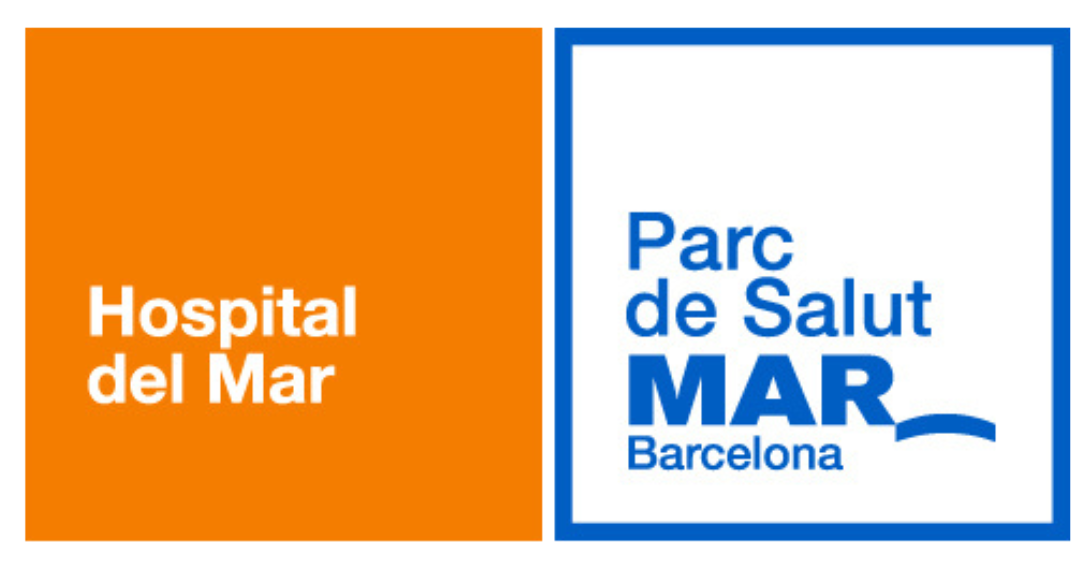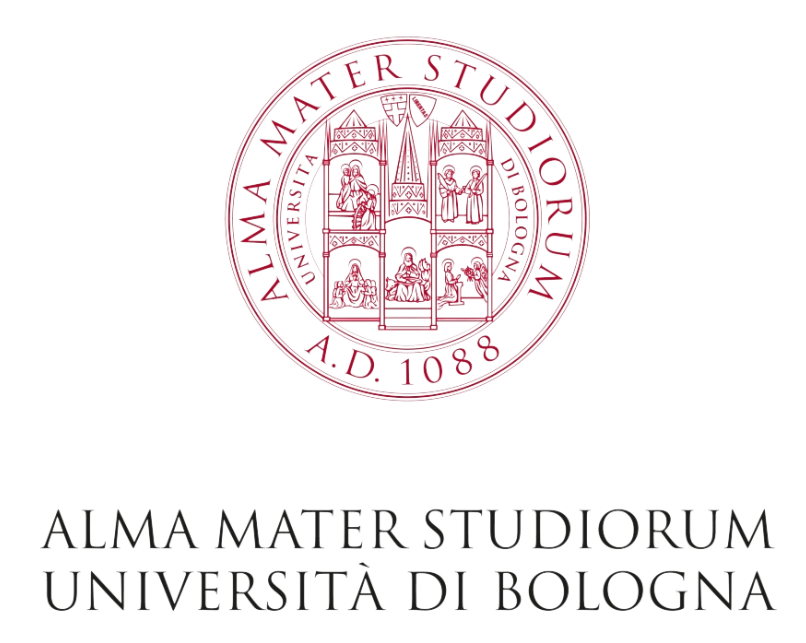
Microscopic image of a kidney-organoid
In the challenge to find cures for diseases that we face in healthcare, new methods to study disease are continuously being developed, in particular methods that will closely resemble the human biology compared to mouse biology. A recent development that has shown great potential to advance research about human diseases are organoids.
What is an organoid?
An organoid is a 3D multicellular tissue that is grown from human stem cells, outside the human body. By treating the stem cells with specific factors, the stem cells can mature to mimic different kinds of organ tissue, such as brain-, intestine-, liver- or kidney tissue.
What is the potential use of organoids?
Organoids can be used to study the development of specific cells in the tissue and their reaction to outside factors. As an example, kidney-organoids can be used to assess whether medications can be toxic to kidney cells. Organoids are also a great methodology to investigate if potential genetic mutations may affect the survival of specific kidney cells. The greatest advantage of organoids is that they mimic the complex human tissue a lot closer than the 2D-cell lines that have been used so far. Also, organoids could replace lab rodents in studies that don’t require the full physiology of a living organism, such as toxicology studies.
What are the main limitations of organoids?
Organoids have important limitations that need to be overcome before their full potential can be reached. Organoids often resemble relatively immature tissue and lack vasculature and immune cells. Kidney organoids, for example, are not capable of filtering the blood and producing urine. Also, organoids may have variations according to conditions used in the protocol, which requires caution in planning, analysis and interpreting results from experiments. Nonetheless, organoids are unequivocally another great step forward in the quest to tackle (kidney) diseases and will also be used in our TANGO-project to better understand kidney diseases after transplantation.





































